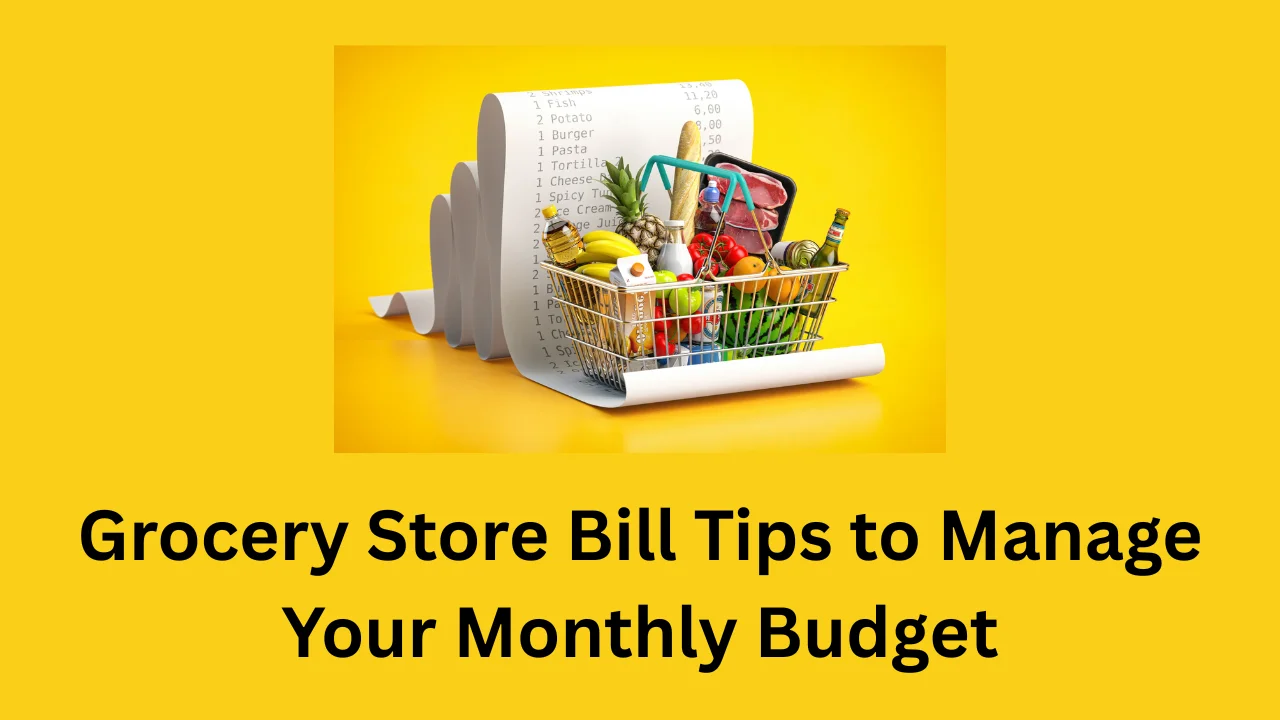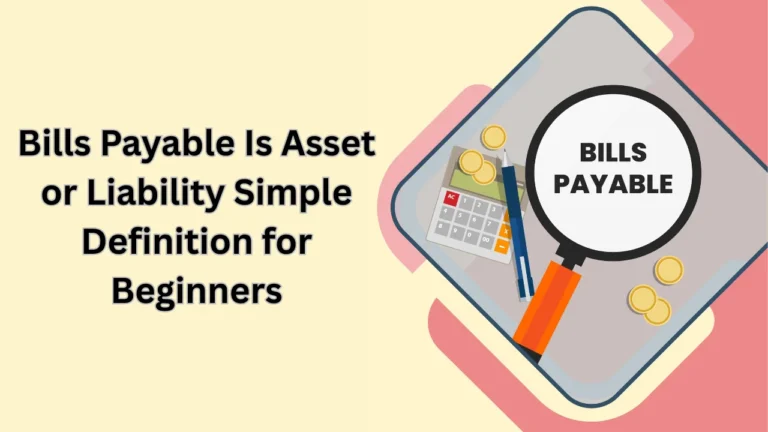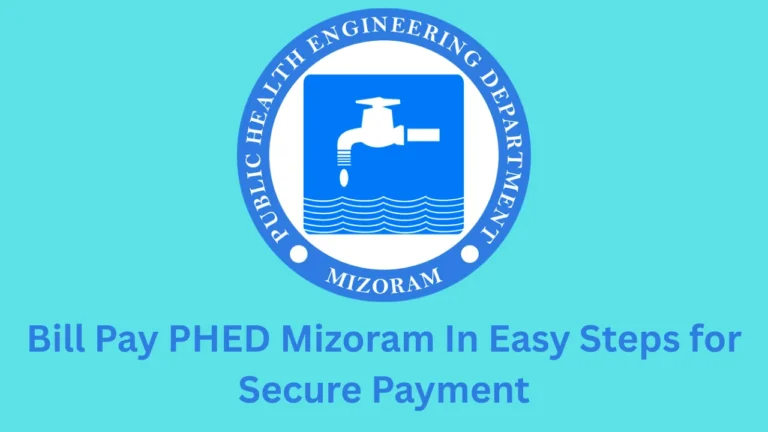When you visit a supermarket, you always leave with a grocery store bill in hand. This little piece of paper holds more than just numbers. It tells you what you bought, how much you paid, and how taxes and discounts were added. Many people look at it for a moment and then toss it away, but knowing how to read and understand it can save you money. Just like people search for a zila sahkari bank balance check number to know their account details, you should pay attention to your bill to keep track of your spending.
Why the Grocery Store Bill Matters
A grocery store bill is important because it records every purchase. Each item has its price, quantity, and tax details. The total at the bottom shows the money you owe. This helps you manage your household budget. It also allows you to check for mistakes, since sometimes cashiers may scan items twice or apply the wrong discount.
The bill is also a proof of purchase. If you buy something damaged or wrong, you will need it for a return. Without it, many stores will not allow an exchange or refund. A detailed grocery store bill also makes you aware of rising prices and helps you make smarter buying decisions.
Parts of a Grocery Store Bill
Every grocery store bill usually has several sections. Let us look at the common elements that you may find:
| Section | What It Shows | Why It Matters |
|---|---|---|
| Store Details | Name, address, and contact number of the store | Proof of where you bought items |
| Date & Time | When you made the purchase | Useful for returns and tracking expenses |
| Item List | Name of each product, price per unit, and quantity | Lets you know what you paid for |
| Taxes | VAT, GST, or other applicable charges | Shows extra costs beyond item prices |
| Discounts | Offers applied on products or overall bill | Helps track savings |
| Subtotal & Total | Total before and after taxes and discounts | Final amount due to be paid |
| Payment Method | Cash, card, or digital wallet used | Proof of transaction method |
This simple structure helps you understand the money flow. When you read the bill carefully, you can see how much each category of items costs and where you may cut down expenses.
How Digitalization Changed the Grocery Store Bill
In the past, bills were handwritten. Now, almost every store prints digital receipts. These receipts are generated by point-of-sale (POS) systems that scan barcodes and calculate totals automatically. This makes the bill more accurate and faster to process.
Some stores also send electronic receipts by email or SMS. This is useful because you will not lose them. It also makes it easier to compare your spending over time. Just like checking your bank of maharashtra balance check number helps you track financial activity, keeping digital receipts allows you to monitor grocery expenses month after month.
Common Issues Found in Grocery Store Bills
Sometimes mistakes happen. You may be charged twice for an item or a discount may not be applied. Some stores even have system glitches that add extra charges. Here are a few common problems shoppers should look out for in their bills:
Items scanned twice
Incorrect quantity charged
Expired offers not removed
Wrong tax calculations
By checking the bill before leaving the store, you can correct these errors immediately. A small mistake may not seem much, but over a year it can add up to a large amount.
Tips to Read and Understand Your Grocery Store Bill
Reading a grocery store bill may seem boring, but it is simple once you know what to look for. Start by checking the itemized list to confirm everything you purchased is correct. Look at the subtotal to see the actual cost before tax. Then check discounts to confirm offers applied properly.
Finally, check the tax section to know what extra amount you paid. If you often buy the same items, compare bills across months to notice price changes. Doing this will help you adjust your shopping habits.
Role of Grocery Bills in Budget Planning
Household expenses are mostly about food and groceries. If you track your grocery store bill carefully, you can build a monthly budget. For example, if your average grocery spending is $300 per month, you will know how much money should be kept aside.
A grocery bill also shows where your money goes. If half of it is on snacks and soft drinks, you may decide to reduce them and save more. The bill is not just about paying, it is about learning how you spend.
Comparison of Grocery Store Bill Across Different Stores
Different stores may charge differently for the same product. Some add service charges while others offer big discounts. To see this clearly, look at bills from two or three supermarkets in your area.
| Store Name | Subtotal | Discounts | Tax | Final Total |
|---|---|---|---|---|
| Store A | $120 | $10 | $5 | $115 |
| Store B | $118 | $5 | $4 | $117 |
| Store C | $125 | $15 | $6 | $116 |
This kind of table shows why comparing is important. A small difference in prices may look minor, but over a year it can save you hundreds.
Digital Apps and Grocery Store Bills
Many digital wallets and mobile apps now link directly with grocery stores. They provide cashback offers, track spending, and send you digital receipts. Some even categorize your expenses into vegetables, dairy, snacks, and household items. This makes it easier to know where your money goes.
With apps, you can also create shopping lists and match them with past bills. If you often forget what you purchased last week, an app linked with your grocery store bill can solve that.
Environmental Impact of Grocery Bills
While bills are useful, they also create waste. Millions of paper receipts are printed daily. These receipts are not easily recyclable because they are coated with chemicals. To reduce this waste, many stores now encourage digital bills. Choosing email or SMS receipts helps the planet and makes it easier to store records.
Conclusion
A grocery store bill is more than just a slip of paper. It tells the story of your purchases, spending, and savings. By learning how to read and understand it, you can manage your budget better and catch mistakes before they affect your pocket. Whether printed or digital, the bill remains a vital tool for smart shopping.
Next time you shop, do not just stuff the bill in your bag. Read it, understand it, and use it to plan better. The money you save today can help you tomorrow. Like checking a bank balance or a utility bill, your grocery store bill is an important record of your daily life.




